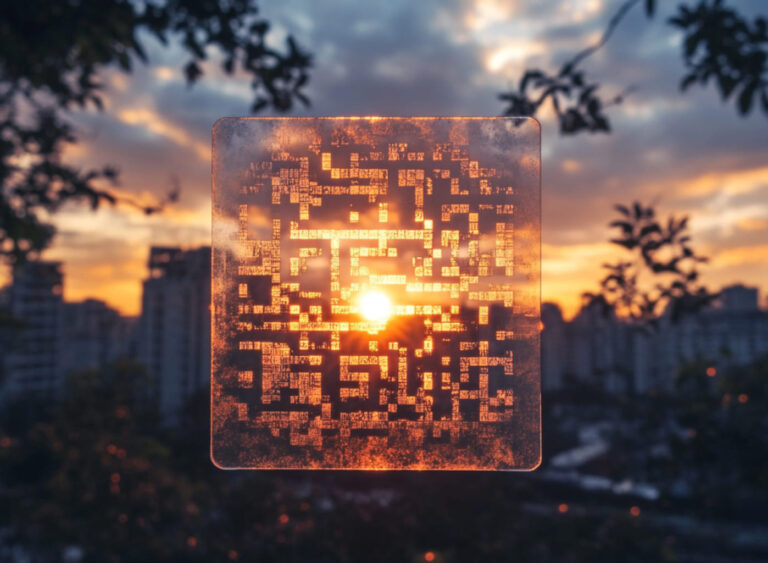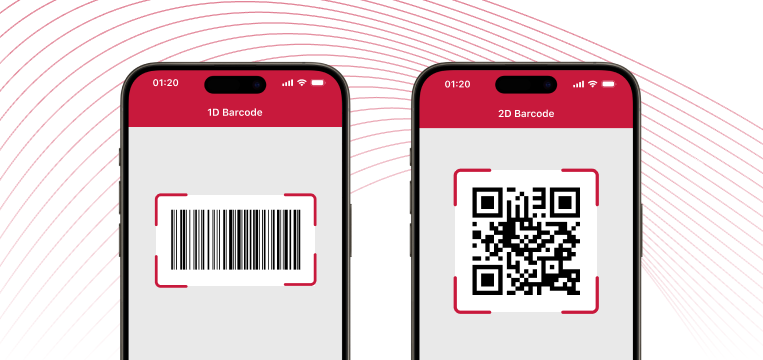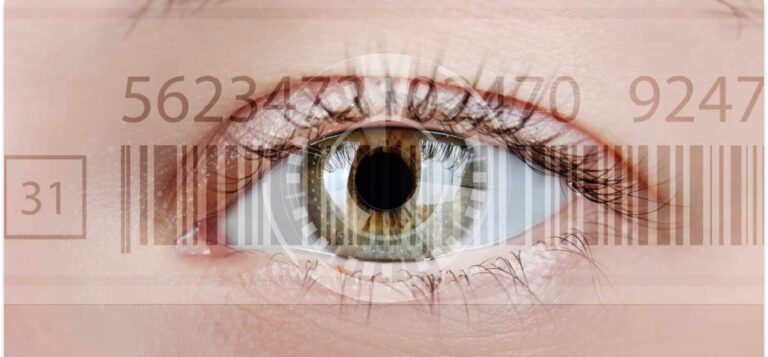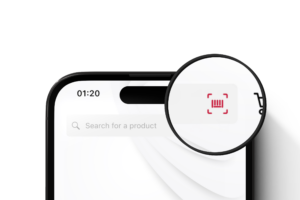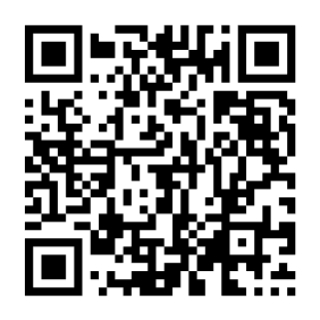Barcodes have been essential to retail and manufacturing for over 50 years. Almost all commercial products today feature a UPC or EAN barcode with a unique Global Trade Item Number (GTIN), making them easily identifiable and scannable.
However, product packaging is now often plastered with several additional barcodes. Their purpose varies: Some offer additional information for consumers, others contain information for staffers. This proliferation does not only complicate packaging – it also often causes uncertainty about which barcode to scan for which purpose.
Cue the GS1 Sunrise 2027 initiative. The basic idea is to use single 2D barcodes instead of several 1D barcodes on product packaging, since they can contain more data. This makes it easy to provide customers and key stakeholders with all the extra information they want.
Let’s take a look at who is behind the initiative first.
About GS1
GS1 is a not-for-profit organization that develops and maintains standards for the identification, capture, and sharing of product information. It is best known for its barcode standards and for managing the Global Trade Item Number (GTIN), which is essential for global product identification.
Advanced GS1 barcodes encode information such as product identifiers, shipment details, location codes, and attributes like serial numbers, batch numbers, and dates. These industry standards facilitate data sharing and traceability across supply chains, which is crucial for sectors such as retail and healthcare.
What is GS1 Sunrise 2027?
The GS1 Sunrise 2027 initiative was launched in response to an ever-growing need for better transparency, traceability, and authentication of products.
Consumers demand more and more information on products they plan to purchase, such as nutritional values, their origins, or allergens. However, common 1D barcodes like the EAN or UPC contain only basic product information. The industry responded by adding extra barcodes, but the drawbacks soon became clear.
GS1 proposes to use two-dimensional barcodes instead of one-dimensional ones to address this issue. Because of their larger capacity, one 2D barcode can easily contain the information of several 1D barcodes.
GS1’s Digital Link technology is crucial to the initiative. Thanks to it, barcodes become data carriers that can not only encode alphanumeric information, but also connect a product’s identifier to various online sources.
Importantly, the information provided via the Digital Link can vary by purpose: At the point of sale, a 2D barcode can return the product’s price; but if someone scans the same barcode using a retail app, they could receive consumer-relevant details such as nutritional information.
The new system is already being tested in 48 countries worldwide, with big retail names like Puma among the partners. For the wider industry, the plan is to accept 2D barcodes at points-of-sale or points-of-care by the end of 2027 – hence the name “Sunrise 2027.” Consequently, retailers must ensure that their point-of-sale systems are equipped with scanners capable of reading both 1D and 2D barcodes until then.
What does this mean for retailers and manufacturers?
Shifting from 1D to 2D barcodes will take time and resources. That’s why there will be a transition phase during which manufacturers put both a 1D GTIN barcode and a 2D barcode on their packaging. Once retailers confirm that they can reliably scan 2D barcodes, manufacturers can shift to putting all information into a single 2D barcode.
The switch necessitates some technological changes.
For manufacturers, that means changing from wet-on-wet to digital printing for their packaging since 2D barcodes demand higher printing accuracy. Retailers have to upgrade their point-of-sale systems from laser scanners to 2D image readers in order to process 2D barcodes. To ensure checkout capability by 2027, their price lookup systems must at a minimum be able to use the GTIN encoded in the 2D barcode.
The barcode scanners their employees use will have to be able to read 2D barcodes and to process advanced syntaxes, such as the GS1 Digital Link URI, in addition to GS1 Application Identifiers (AI) data.
However, many regular barcode scanners don’t yet have this capability, and some never will receive an upgrade. Replacing all the hardware barcode scanners already in use will cost businesses valuable time and resources.
The good news is that most of us are already carrying around a powerful barcode scanner every day – a smartphone. Equipped with barcode scanning software, which is highly adaptable and easy to update, smartphones have no trouble parsing the syntax of Digital Links.
Ensure a seamless transition with smartphones as barcode scanners
The GS1 Sunrise 2027 initiative aims to switch from traditional 1D barcodes to 2D barcodes, such as QR Codes, by 2027. Retailers and manufacturers need to start preparing for the imminent transition now. This means upgrading their existing hardware and machines to more adaptable solutions. Smartphones are versatile and easy-to-use barcode scanners that, equipped with suitable barcode scanner software, meet all the requirements for GS1 Sunrise 2027.
FAQ
Will 1D barcodes be completely phased out, or will they still be used?
1D barcodes will still be in use during the transition, but 2D barcodes will become the standard for GS1 identification.
How will retailers need to upgrade their point-of-sale systems for Sunrise 2027?
Retailers will need scanners capable of reading both 1D and 2D barcodes, update POS software for data processing, and train staff on new scanning procedures.
What industries outside of retail might be affected by the GS1 Sunrise 2027 transition?
Industries like healthcare, logistics, and food service will also be impacted, as they rely on barcode-based tracking for supply chain management and compliance.
